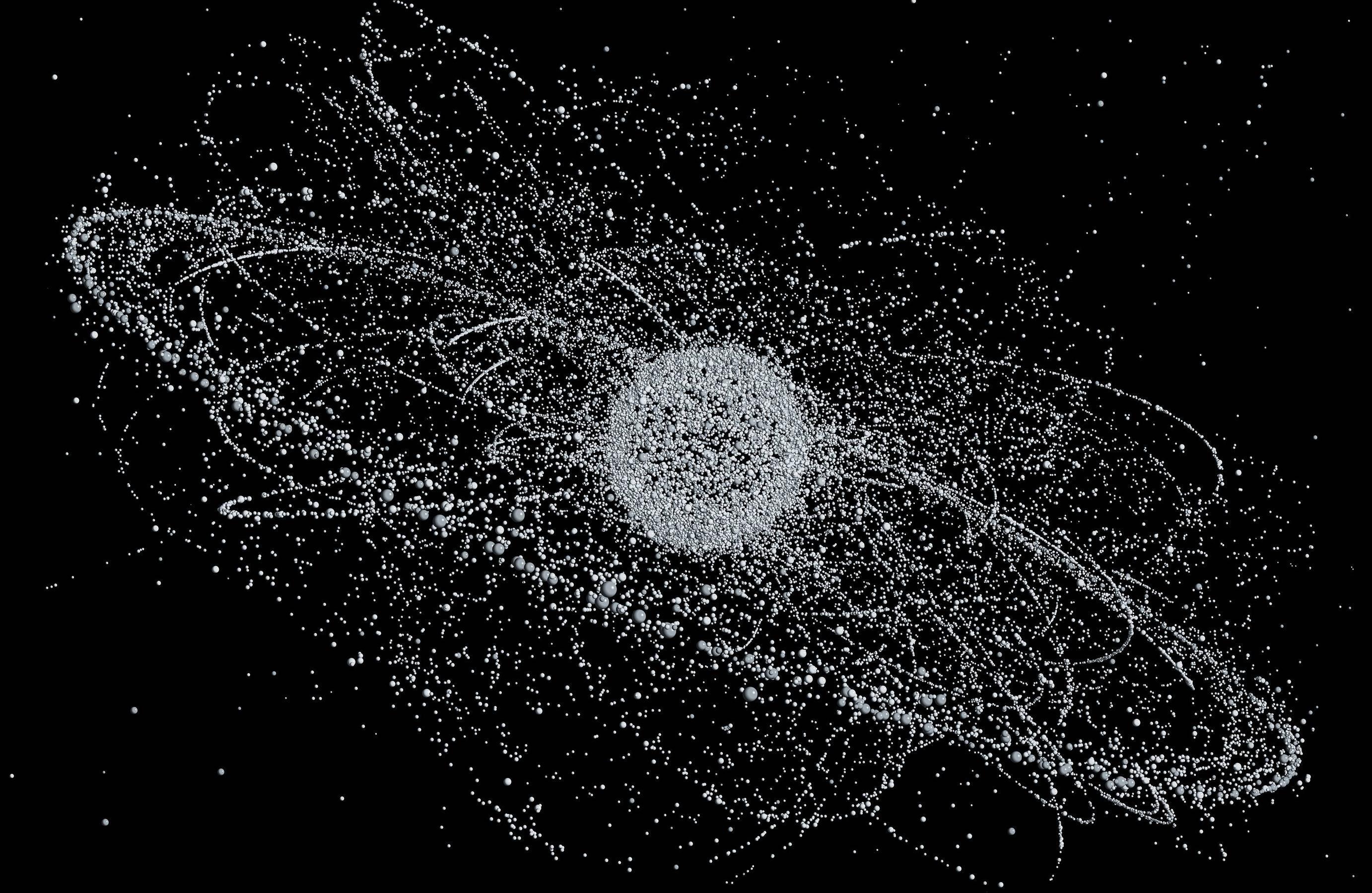Let’s talk about the elephant in space. Debris and sustainability

Space is vast, but certain orbital slots, especially those of high value, are already crowded and becoming even more so. With the number of satellites rising drastically – the number is likely to exceed 60,000 by 2030 – the probability of catastrophic collisions will also grow. This, in turn, poses a threat of increasing orbital debris.
According to ESA, the most effective short-term means of reducing the space debris growth rate is via passivation of space objects at the end of their operational life or via collision avoidance manoeuvres while the objects are still active. In addition, strong compliance with post-mission disposal guidelines is the most effective long-term means of stabilizing the space debris environment at a safe level.
Strictly speaking, this means that satellite operators must burn expensive fuel which would have been otherwise meant to sustain the delivery of services and profits to instead move their satellites to safer or more advantageous orbits.
On top of that, should a defunct satellite need to be removed from LEO, contracting a spacecraft to do that can cost as much as launching a brand-new satellite. This becomes a heavy financial weight on the shoulders of the industry stakeholders.
Therefore, up until now, the way we have operated in space has been damaging for the environment and bad for the space business. Some may even say that we are trying to build a trillion-dollar space economy on an unsustainable foundation.
This is where software-defined satellites come into play to make for a strong argument in favour of sustainability and efficiency. What if we change the way we think of and build satellites, instead of dealing with the consequences in the aftermath of using outdated concepts? What if we prevent the rising population of space debris rather than tackle its removal “in the most efficient way”?
A software a day keeps the debris away
Software-defined satellites enable a cost-effective approach, by providing in-built capabilities for collision avoidance, as well as reconfigurability in-orbit, which allows for resource efficiency, evolvability, and enhanced survivability. Such satellites lay the basis for solving the problem before launching a spacecraft into space. It is the way we build satellites – and not the way we remove them from space – that would feed into a sustainable approach and create a more efficient ecosystem.
How we do it? By bringing modularity, autonomy and said reconfigurability into the picture.
Functionality from a space system has been historically bound to individual flying boxes. This is in part because we are used to that. This is called functional fixedness: we keep on using things only in the way they are traditionally used. But what if functionality can be broken down into multiple elements flying in a vicinity? What if spacecraft function was not concentrated in one single physical body but spatially distributed and connected wirelessly by intersatellite links? In this configuration, different functional blocks flying next to each other couple their functionalities by means of high-speed wireless links. Then, a mission does not map to one satellite anymore, but to a group of them. Thus, the risk gets divided as well. Degradation of any of those functional elements can be handled by selectively deorbiting them and sending new segments to the formation group, extending its aggregated lifetime. For an architecture like this to be usable, automated flight control and precise absolute and relative position determination is a must. And so is autonomy, since a ground operator cannot babysit each element anymore.
The future of space calls for high-availability systems which can maximize uptime and QoS (quality-of-service) autonomously in the presence of glitches and faults. With the advancement of machine learning and artificial intelligence technology, it is feasible to think that satellites will soon have the means to process their own health-data and estimate their status but also to predict future trends, including self-diagnosing faults, and act accordingly to avoid them.
Overall, the synergetic effect of a software-defined satellite comes not only from maximizing uptime and QoS of individual satellites, but also from the fact that the service can be distributed to said interoperable satellite groups.
ReOrbit to the rescue
At ReOrbit, we develop technologies to make spacecraft platforms modular and configurable. Through a software-defined architecture, we unlock new functionalities such as built-in autonomous orbital capabilities.
Our main focus in all of this is streamlining data flow. Why do we put such a spotlight on moving data fast, we hear you ask. Simple as that, to deliver timely and flexible missions at any orbit, you always need your data at hand, for 360-degree situational awareness and value-driven decision-making. With your data being transmitted fast and with it, your mission being executed, while keeping cost and time-to-orbit low, you can even grow the value of your satellite after launch, as we can reconfigure the software in-orbit. In other words, given this approach and mindset when designing satellites and operating them in space, one can make sure that a spacecraft they’re sending into orbit is autonomous, networking-capable and modular. This creates a sustainable base on which preventing failures and fixing issues grow more accessible. Thus, such software-defined satellites are better prepared not to feed into the issue of growing debris.
This transforms technology and enables space applications of our current and future society where efficiency, sustainability and security are unlocked to their full potential. At the end of the day, we can’t always ignore the elephant in space.




.png)